Daylight in the built environment
Today, for the first time in history, more than half of the world’s population lives in urban areas. For many, access to daylight is limited by a poor built environment and air pollution. In addition, modern lifestyle makes us spend most of our time indoors, which estranges us from natural light. Yet, we know that daylight is essential to keep us healthy and functional. All this strongly suggests that daylight should be an integral part of architectural and urban design processes.
Interested in contributing to this section? Please contact us at office@daylight.academy.
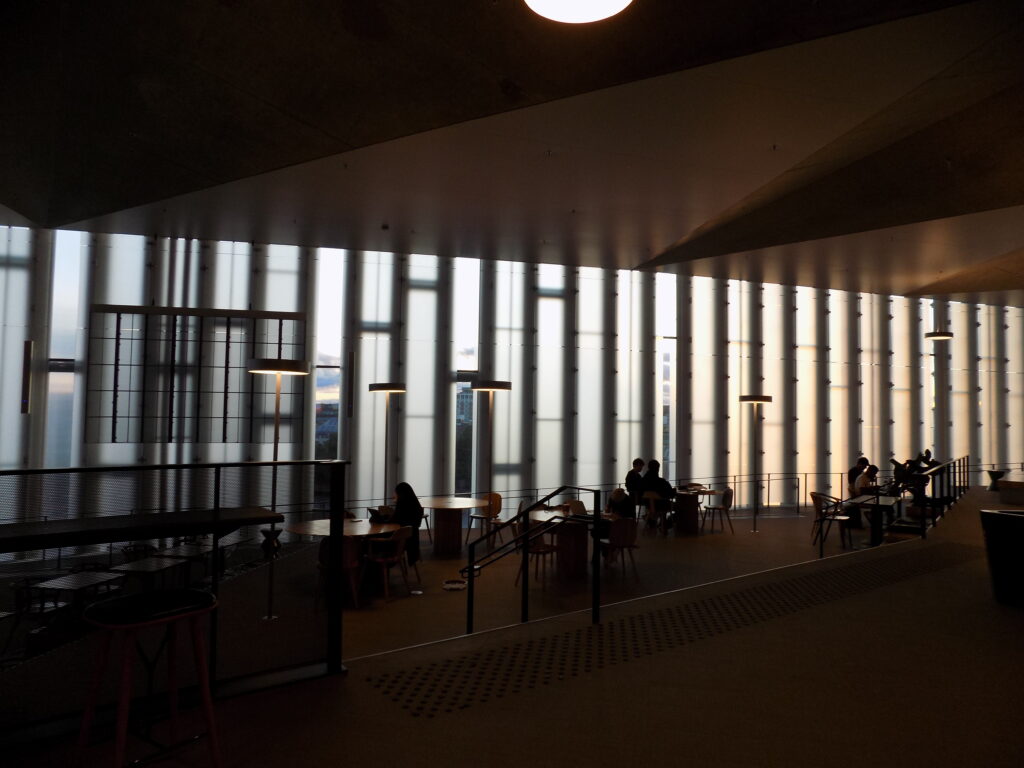
6 November 2025
Between Light and Darkness – A Journey to Daylight in the North
3 a.m. At a small German train station. Darkness everywhere. I am waiting for the train that will take me to Copenhagen. I believe light is only something that brightens rooms. At that moment, I can’t imagine that this journey will change the way I see light, architecture, and life. As the train rolls north, I begin to travel not only across borders, but toward an understanding of daylight itself. I am leaving the dark completely behind – or so I thought.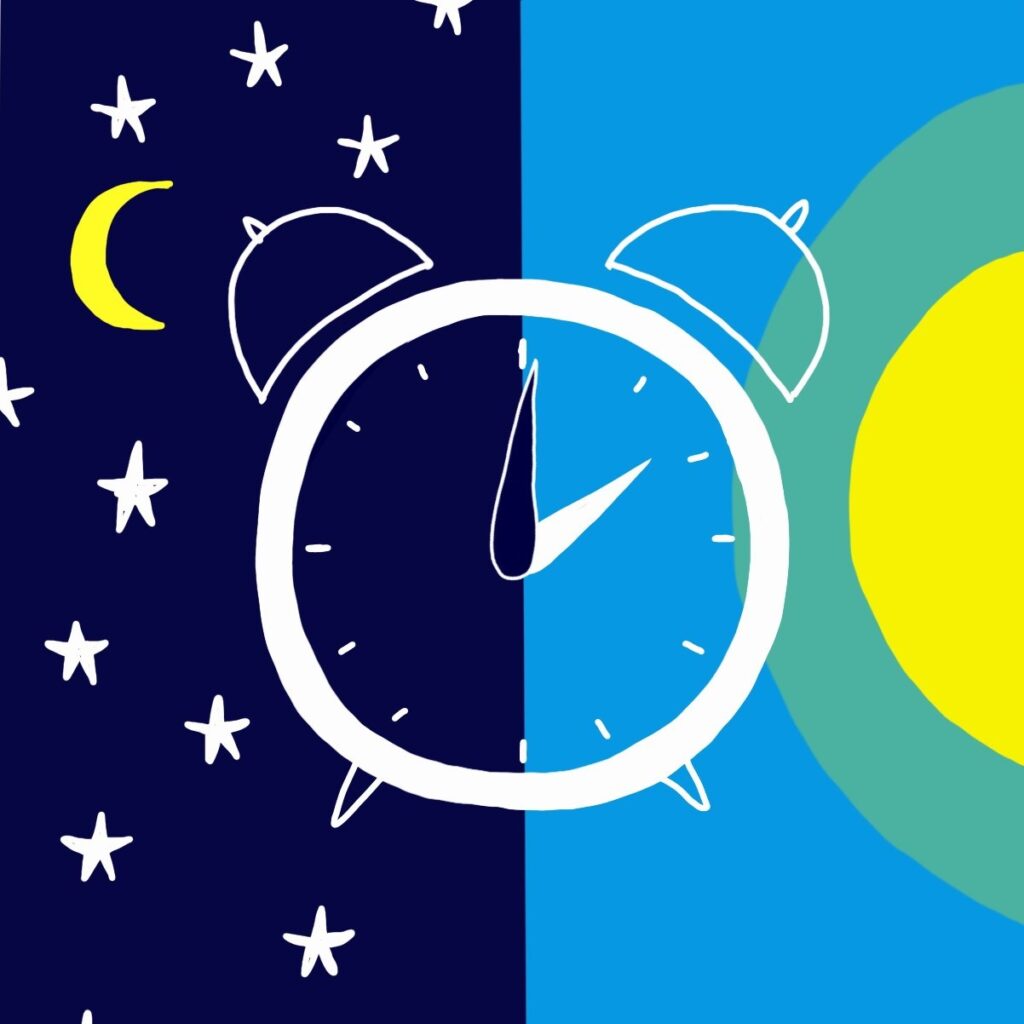
31 October 2024
Celebrating Dark Nights
We are lucky that our planet rotates. During the day, the sun’s intense radiation warms the earth and brightens our beautiful blue atmosphere. At night, in the sun’s dark shadow, the earth cools, sending its heat back out into infinite space. Because of its 24-hour rotation, no one face of the planet gets burned by unrelenting radiation, or is forever deprived of the sun’s life-giving energy. However, the extreme physical contrast between these two conditions—very bright days, and very ...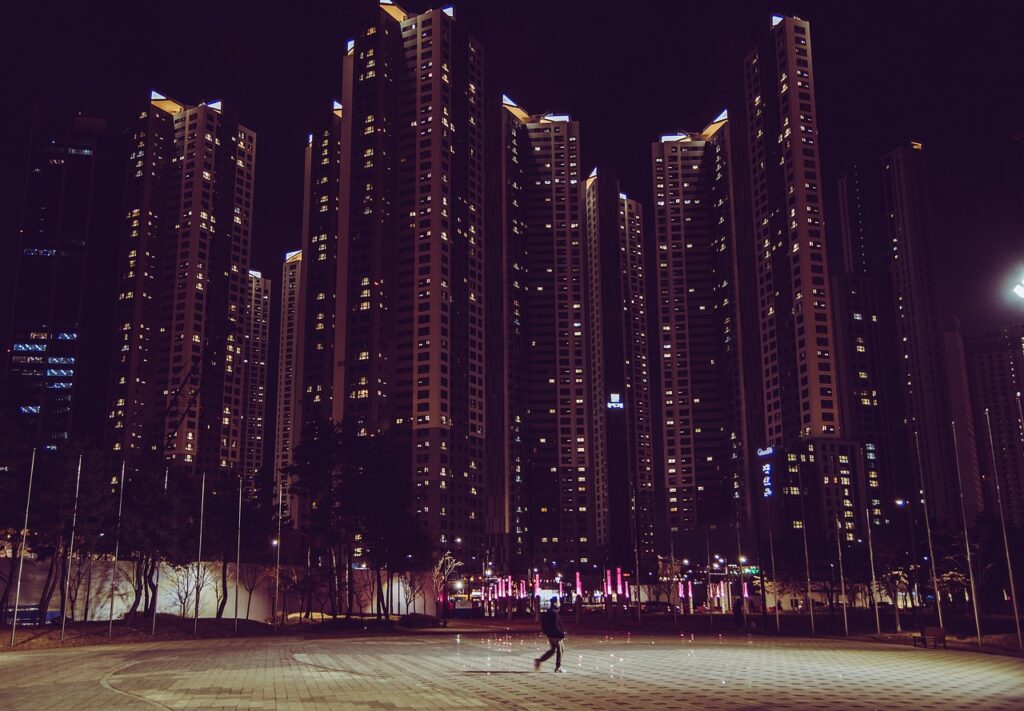
31 October 2024
A Night and Day Difference
Skylines around the world—from Denver to Delhi—are rapidly rising and densifying to accommodate growing urban populations. The efforts are well-intentioned; making cities compact can reduce energy use. Yet it can also introduce other environmental and public health problems, such as a diminished distinction between night and day.
31 October 2024
A word for darkness
I wish to speak a word for darkness, for that natural quality on which so much depends, the matching half to natural daylight, both so valuable for life. It makes sense to consider natural darkness on Halloween, a celebration that plays with our fears, because it’s our fear of the dark that often separates us from the value of natural night. Just as we take for granted the benefits of daylight, so we live in ignorance of the dark. But this can change.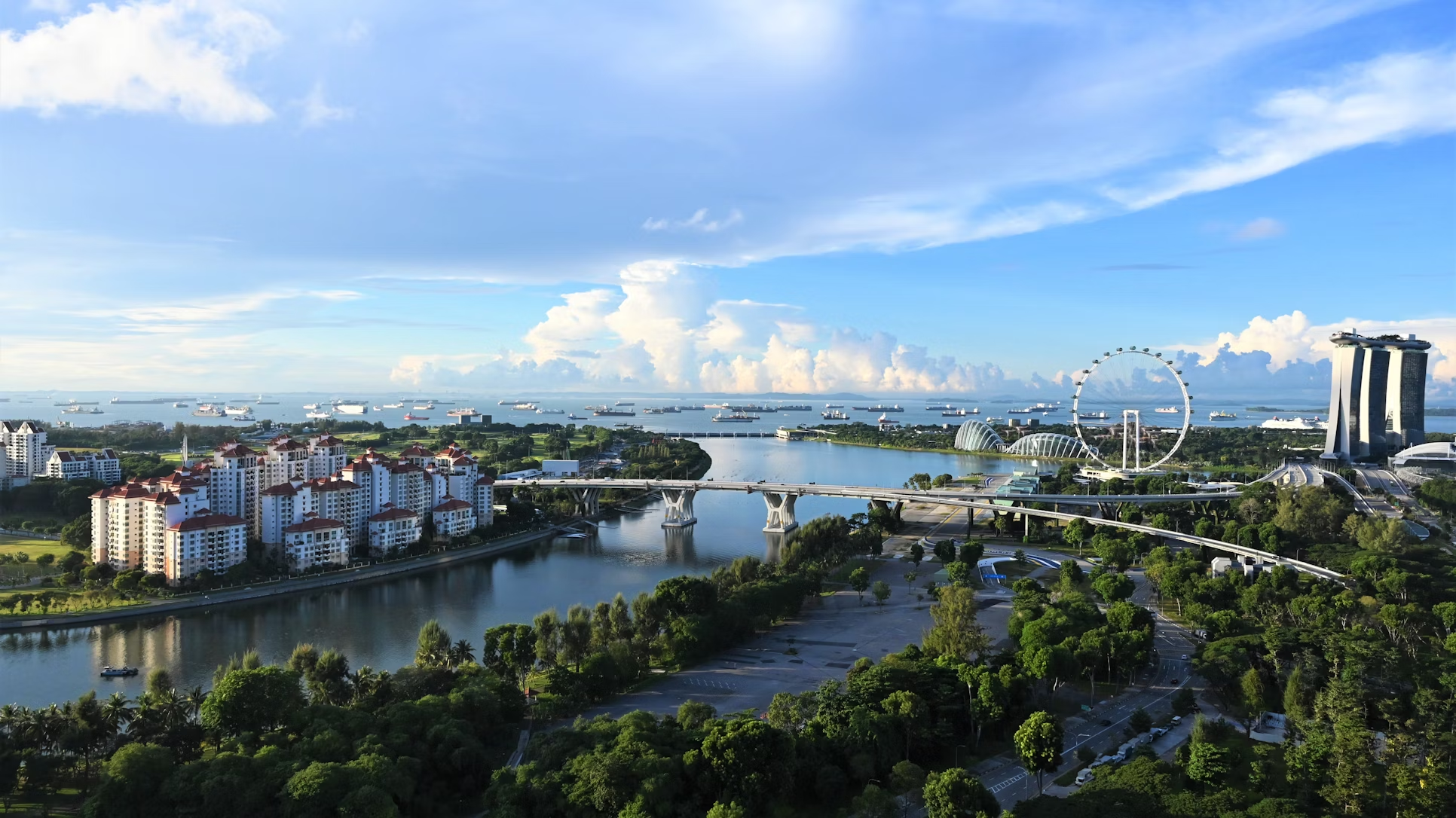
25 April 2024
Daylight should be a priority for urban planning
Daylight is essential for ecosystems and for the physical and mental well-being of people. Despite this, many cities have followed a strategy of densification as a way of preventing urban sprawl and reducing energy consumption – but at the cost of daylight for both people and nature. This is not sustainable urban planning: instead, we need to treat daylight in cities as a limited resource that needs to be planned and managed carefully, much like water or energy.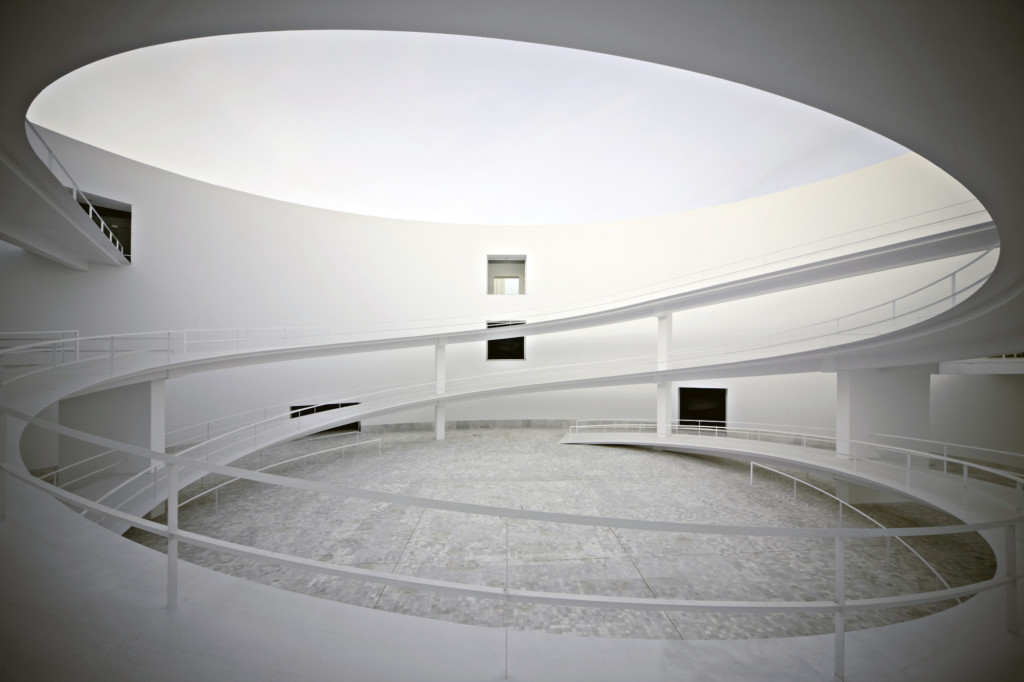
14 November 2023
The Daylight Revolution: redefining Architecture Through Lighting
Alberto Campos Baeza, the renowned Spanish architect, once wrote that light, like gravity, is an unavoidable aspect of architecture [1]. According to him, every architect, as he does with the tape measure, spirit-level and plumb line, should carry a compass, and a photometer. The compass is necessary to measure the quality of the light by knowing the position of the sun, and the photometer to measure the quantity of light. Both instruments can be found in a lighting studio or a research ...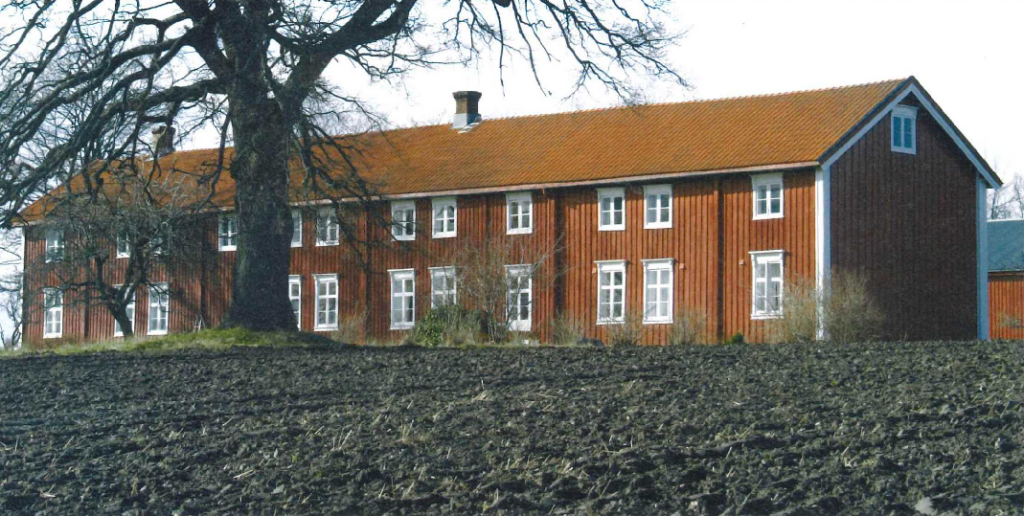
14 November 2023
Trønderlåna
“Trønderlåna has been the most common type of main building on farms in central Norway.”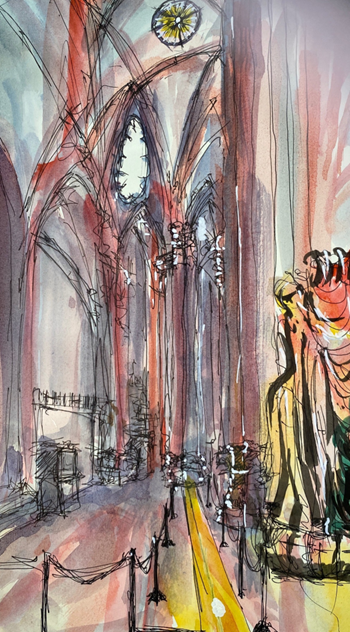
14 November 2023
The Cathedral – a heavenly measuring instrument
“With us it is Easter every day, except that Easter is celebrated once a year.” Martin Luther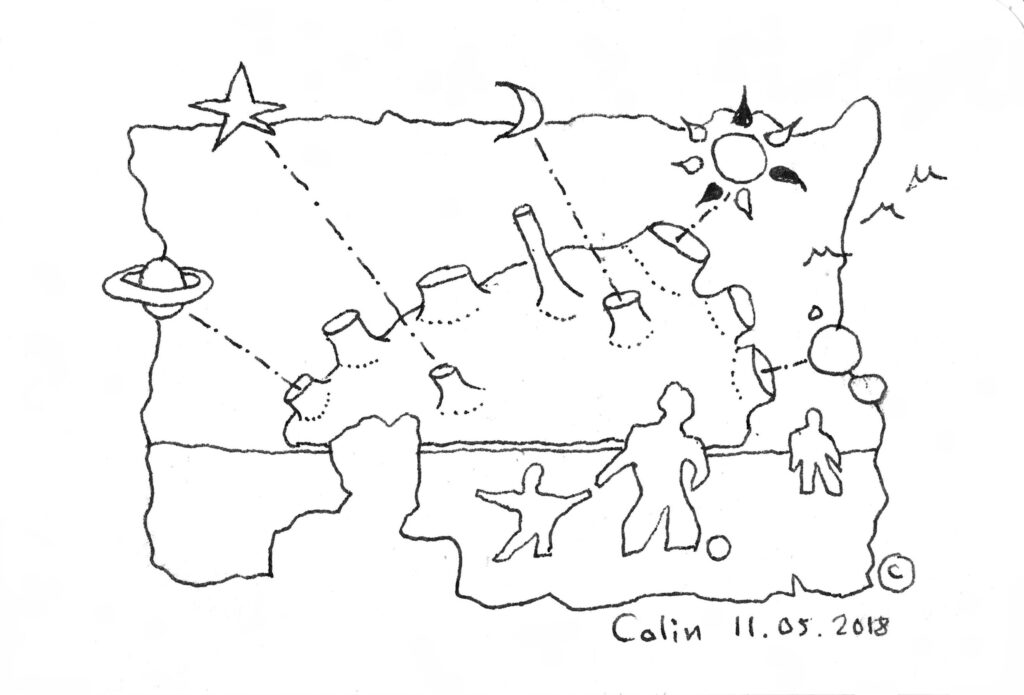
29 June 2023
The Circadian House by Colin Fournier
The Circadian House is a small experimental dwelling unit for two people, with 15 multidirectional glazed openings, allowing it to be lit entirely by natural light, from dawn to dusk. The internal space is as open and uncluttered as possible, allowing the free play of light within the home. Internal elements and furniture are reduced to a minimum. A compact central core, oriented East/West, divides the floor plan into two parts: A Northern part that is the kitchen and dining area, containing ...
22 October 2020
Good Light for vital and healthy environments
Good indoor environments contribute to health and well-being. But why is light indoors still “biological darkness”? People believe that light is good when you can see properly. No one realizes however, that light is also crucial for our bodies to function well. Worldwide, people spend more than 90% of their lives indoors, in schools, offices, factories, hospitals, care homes, shops, homes etc. In all these places the light is usually good enough to see, but it is too weak to have a positive ...
20 May 2020